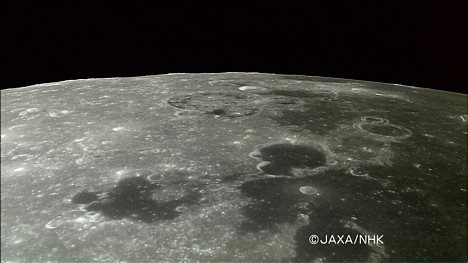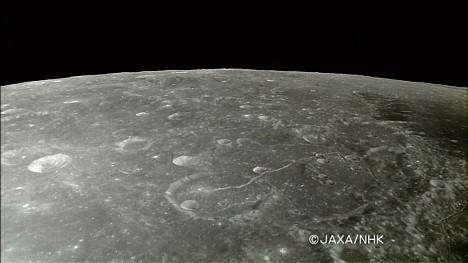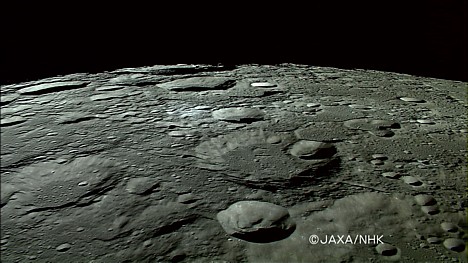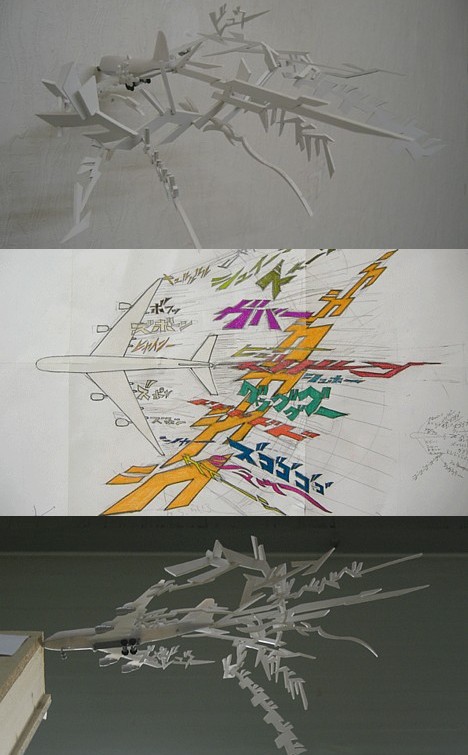
The Japan Aerospace Exploration Agency (JAXA) and public broadcaster NHK have released a scaled-down online version of their much anticipated high-definition video of the Earth rising over the lunar horizon. The video was taken on November 7 by the HDTV camera aboard the KAGUYA (SELENE) lunar explorer orbiting the moon at an altitude of 100 kilometers (62 miles). The first part of the video shows the Earth rising up from the horizon near the moon's north pole, and the second part shows the Earth setting near the moon's south pole. The original high-definition footage, which NHK plans to broadcast soon, is the world's first high-definition video of Earth taken from the moon (380,000 kilometers/ 236,000 miles from Earth). Obviously, the edited YouTube version you see here (as well as the original online version at JAXA) is not in HD format, but it is a nice teaser for what is coming to HDTV viewers in Japan.
[Source: JAXA]



 A team of University of Tokyo researchers led by professors Hitoshi Sakano and Ko Kobayakawa have announced they have genetically engineered a mouse that does not fear cats, simply by controlling its sense of smell. By tweaking genes to disable certain functions of the
A team of University of Tokyo researchers led by professors Hitoshi Sakano and Ko Kobayakawa have announced they have genetically engineered a mouse that does not fear cats, simply by controlling its sense of smell. By tweaking genes to disable certain functions of the 


 On November 7, lingerie maker Triumph International Japan unveiled the "My Chopsticks Bra," which features a pair of cups that resemble bowls of rice and miso soup, and a set of collapsible chopsticks that tuck into either side. The My Chopsticks Bra is the latest addition to Triumph's line of concept lingerie designed to boost awareness of environmental issues.
On November 7, lingerie maker Triumph International Japan unveiled the "My Chopsticks Bra," which features a pair of cups that resemble bowls of rice and miso soup, and a set of collapsible chopsticks that tuck into either side. The My Chopsticks Bra is the latest addition to Triumph's line of concept lingerie designed to boost awareness of environmental issues.  This past weekend, a group of 66 Japanese astronomers gathered to discuss the proper course of action to take in the event a signal from an extraterrestrial intelligence is discovered. The astronomers, who met specifically to determine which national authorities to notify after receiving an alien signal, failed to reach a decision before the meeting was adjourned.
This past weekend, a group of 66 Japanese astronomers gathered to discuss the proper course of action to take in the event a signal from an extraterrestrial intelligence is discovered. The astronomers, who met specifically to determine which national authorities to notify after receiving an alien signal, failed to reach a decision before the meeting was adjourned. 





